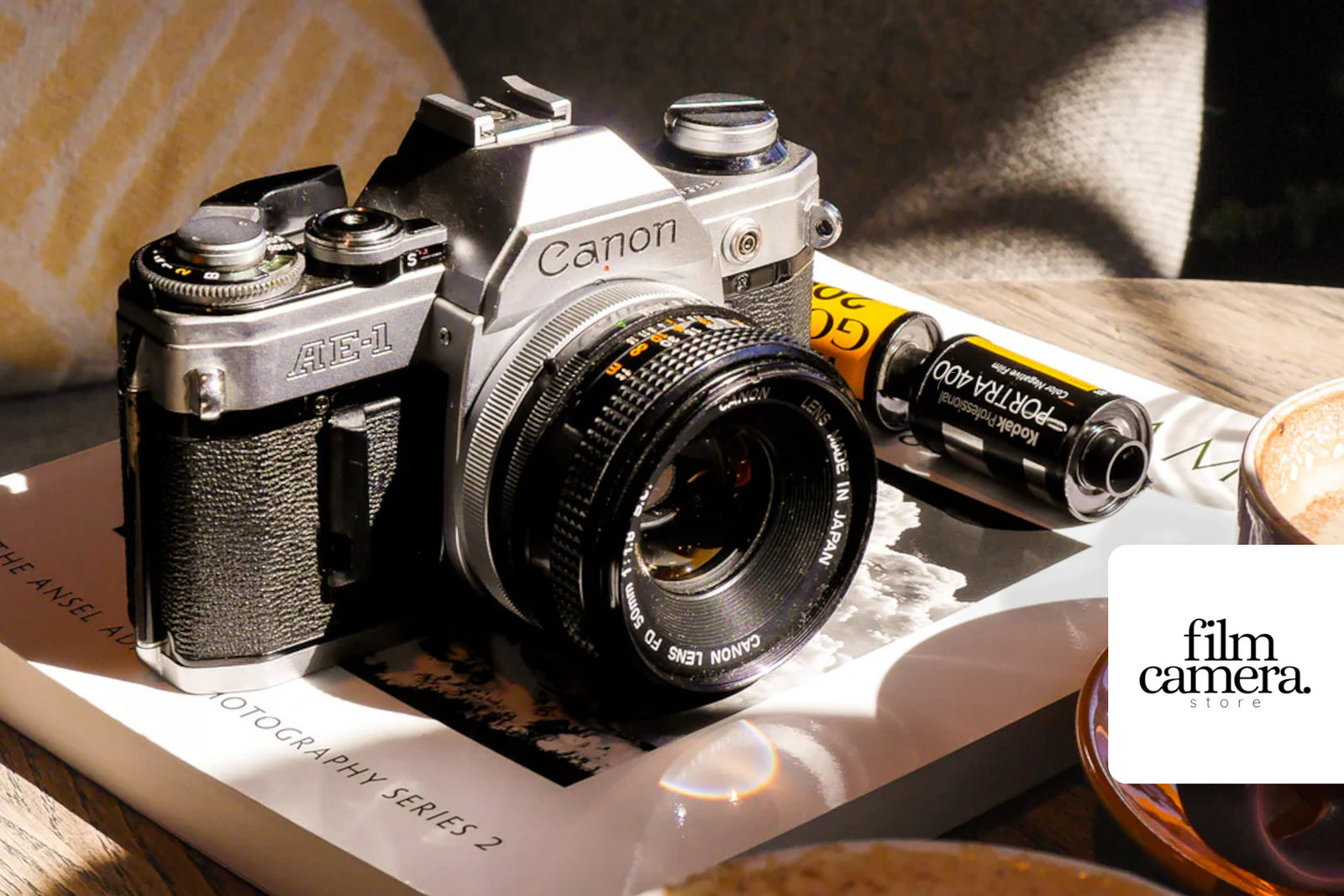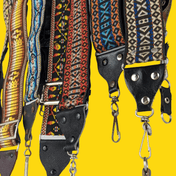Understanding the Canon AE-1: A Brief History
The Canon AE-1, introduced in 1976, marked a significant milestone in the world of photography. It was one of the first cameras to incorporate a microprocessor, making it a trailblazer in the transition from mechanical to electronic cameras. This innovation allowed for more precise exposure control and introduced features that were groundbreaking at the time.
When it first hit the market, the Canon AE-1 was an instant success, selling millions of units worldwide. Its affordability, coupled with advanced features, made it accessible to a broader audience, from amateur photographers to seasoned professionals. The AE-1's success can be attributed to Canon's ability to blend cutting-edge technology with user-friendly design, setting a new standard in the industry.
Key Features of the Canon AE-1
The Canon AE-1 is packed with features that were revolutionary for its time and still hold up today. One of its standout features is the shutter-priority auto-exposure mode. This allows photographers to set the desired shutter speed, and the camera automatically selects the appropriate aperture, making it easier to capture well-exposed images.
Another notable feature is the built-in light meter, which provides accurate exposure readings. The camera's viewfinder displays this information, helping photographers make quick adjustments on the fly. The Canon AE-1 also boasts a robust build, ensuring durability and reliability in various shooting conditions.
Mastering Manual Settings for Optimal Shots
While the Canon AE-1 offers convenient auto-exposure modes, mastering its manual settings can significantly enhance your photography skills. Start by familiarising yourself with the camera's manual mode, which allows you to control both the shutter speed and aperture. This gives you complete creative control over your shots.
Experiment with different shutter speeds to capture motion blur or freeze action. Adjust the aperture to play with depth of field, creating stunning bokeh effects or ensuring sharp focus throughout the frame. Understanding how to balance these settings will enable you to take full advantage of the AE-1's capabilities and capture images that truly stand out.
Creative Techniques to Try with Your Canon AE-1
The Canon AE-1 is a versatile tool that encourages creative experimentation. One technique to explore is double exposure, where two images are superimposed on a single frame. This can create surreal and artistic effects, adding a unique touch to your photography.
Another technique is long exposure photography, which is perfect for capturing light trails, silky smooth water, and night scenes. Use a tripod to keep the camera steady and experiment with different exposure times to achieve the desired effect. These creative techniques can help you push the boundaries of your photography and make the most of your Canon AE-1.
Maintaining Your Canon AE-1 for Longevity
Proper maintenance is crucial to ensuring your Canon AE-1 remains in excellent working condition for years to come. Start by regularly cleaning the camera body and lens to remove dust and debris. Use a soft, lint-free cloth and a blower brush to gently clean the camera's exterior and lens elements.
It's also essential to store the camera in a cool, dry place when not in use. Avoid exposing it to extreme temperatures or humidity, which can damage the internal components. Periodically check and replace the battery to ensure the camera's electronics function correctly. By following these maintenance tips, you can keep your Canon AE-1 performing at its best and continue capturing stunning images.













